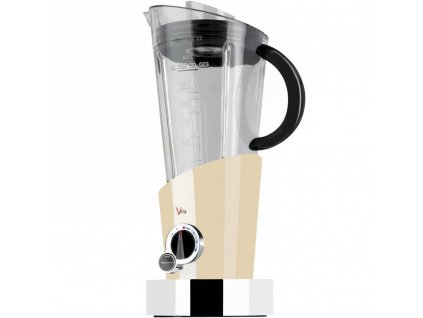Stand blenders
Product sorting
List of products
Listing controls
Stand Blenders – A Powerful Assistant for Every Kitchen
A stand blender is an indispensable tool for anyone serious about cooking – and for those who love quick, healthy smoothies or homemade sauces. Thanks to its powerful motor, various speeds, and sharp blades, it can handle hard vegetables, fruit, ice, and nuts. Whether you're making soup, purée, pancake batter or a nutritionally rich drink, a quality stand blender will get the job done in seconds.
What can a stand blender do?
Today's blenders are designed for maximum versatility. It's not just about classic blending – some models also allow for ice crushing, chopping, or making nut butters. Thanks to the capacious jugs, they are also ideal for larger families or gatherings, and thanks to the secure lid, there's no risk of unwanted splashes.
You can use a Stand blender for example to:
- preparing smoothies, milkshakes, and protein shakes,
- creamy soups, vegetable purées, or homemade baby food,
- sauces, pestos, and dressings,
- crushing ice and cocktail mixtures,
- mixing dough or making homemade hummus.

Best Stand Mixer Brands
You'll find a wide range of models on the market, but if you're looking for top-notch performance, reliability, and design, we recommend focusing on the brands Bugatti, KitchenAid, and Alessi.
KitchenAid is one of the most popular brands, not only among home cooks but also among professionals. It offers powerful motors, robust construction, and an iconic retro design. Bugatti combines power with Italian elegance – their blenders are stylish and highly functional. Alessi is the perfect choice for lovers of sophisticated design – their appliances impress not only with their functions but also as decorative elements in the kitchen.
Final tip:
When choosing a blender, focus not only on performance but also on the capacity of the jug, the number of speeds, the material of the blades, and whether it is dishwasher safe. And if you want to take your work in the kitchen even further, complement your equipment with high-quality kitchen bowls, knives or a juicer – ideal for anyone who cares about a healthy lifestyle and practicality.
.png)


